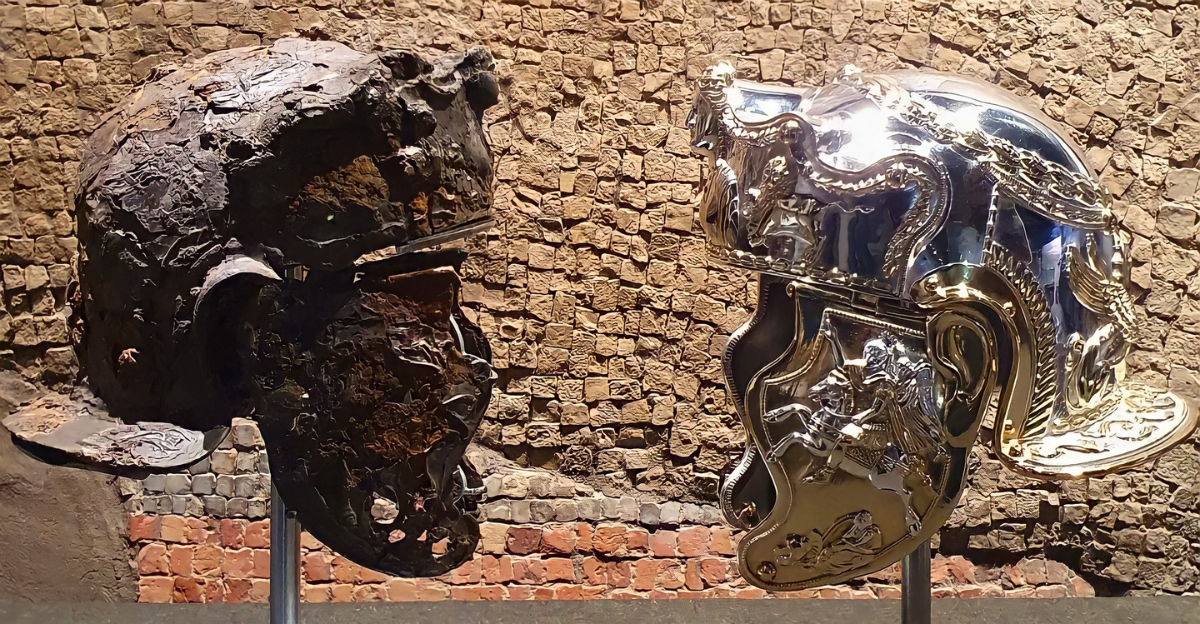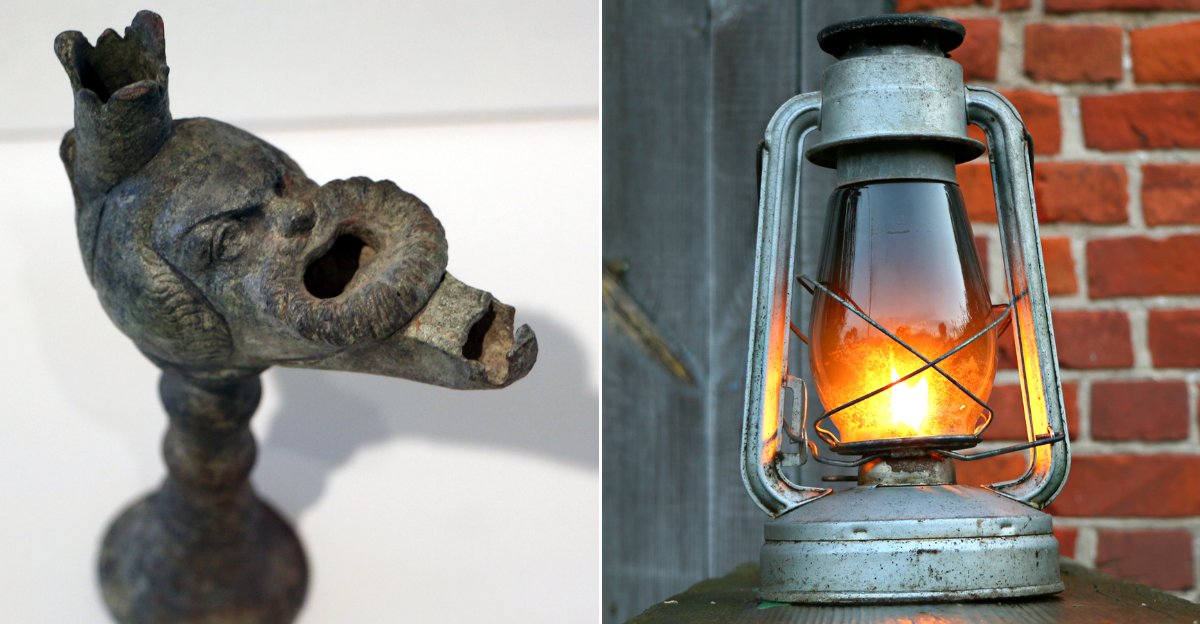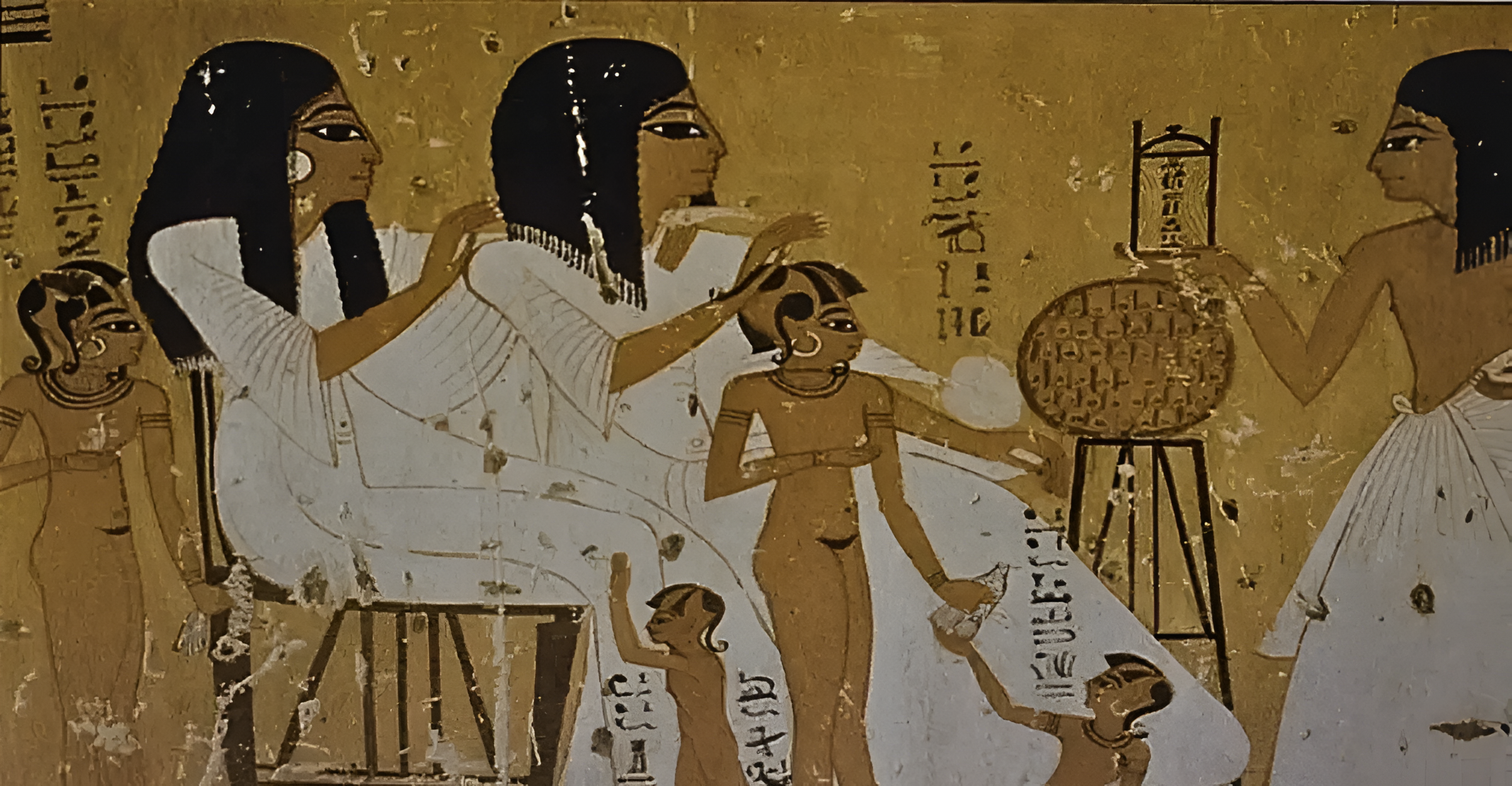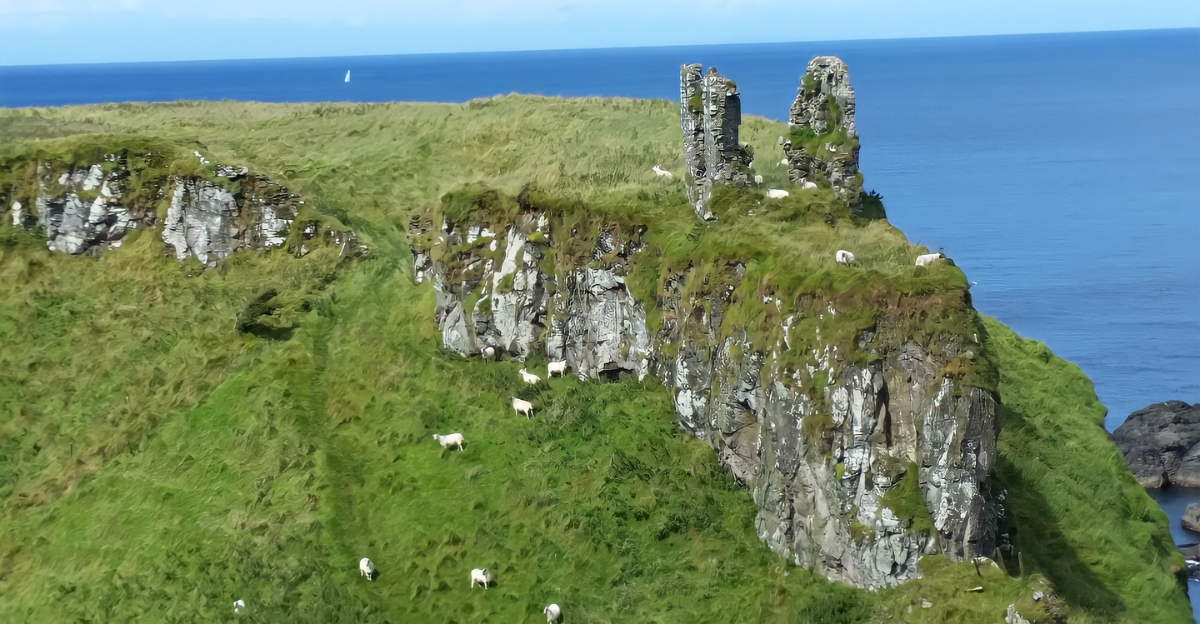
Picture a vast, forgotten world engulfed by tide and time, its secrets hidden under silt and sand. Far beneath the waves between Indonesia’s islands lies something remarkable—a lost world and civilization, an old ecosystem, and an enigma that rewrites our understanding of early human ingenuity.
Archaeologists whisper about a discovery so profound it would overturn traditional thinking, but so far, the story’s finer details remain out of reach, teasing and daring us to reveal the full picture.
The excitement is palpable, but the true journey of discovery has only just begun. Why did this world vanish, and what does its rediscovery mean for us today?
Why This Discovery Shakes the World
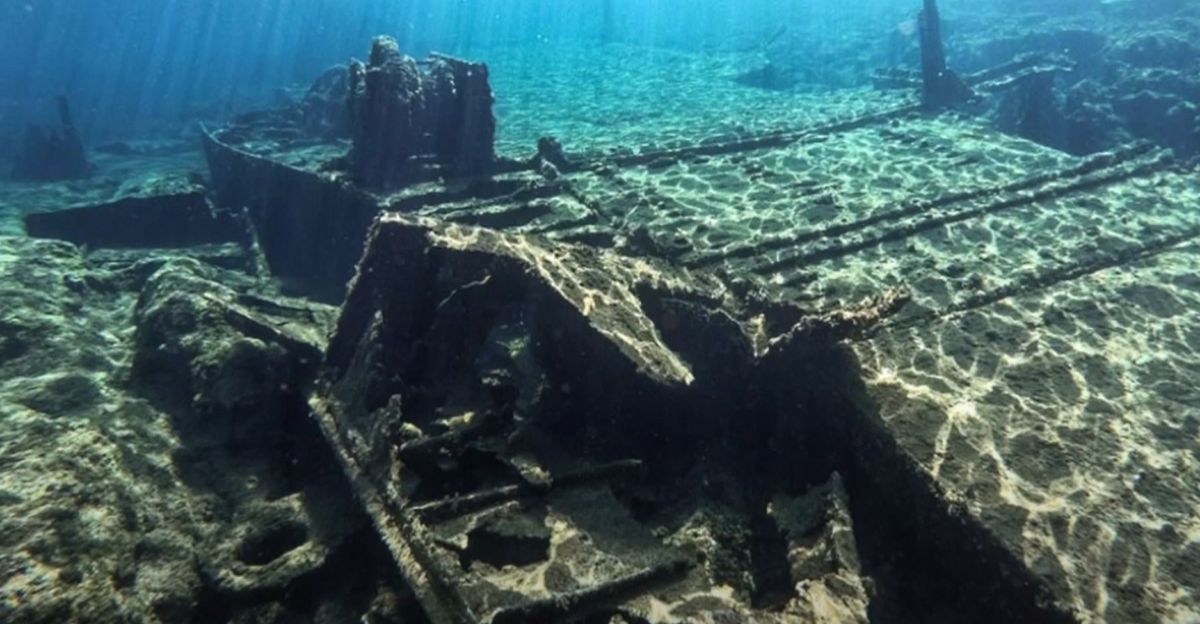
This kind of discovery is not just a scientific footnote, it’s groundbreaking. Scientists had long thought early humans in Southeast Asia lived in relative isolation, their accomplishments and innovation limited by geography and technology.
Now, the evidence suggests a more advanced, connected civilization—a world where advanced hunting strategies, tool use, and even cultural exchange flourished. The implications ripple through anthropology, archaeology, and even climate science.
Early Civilization Theories
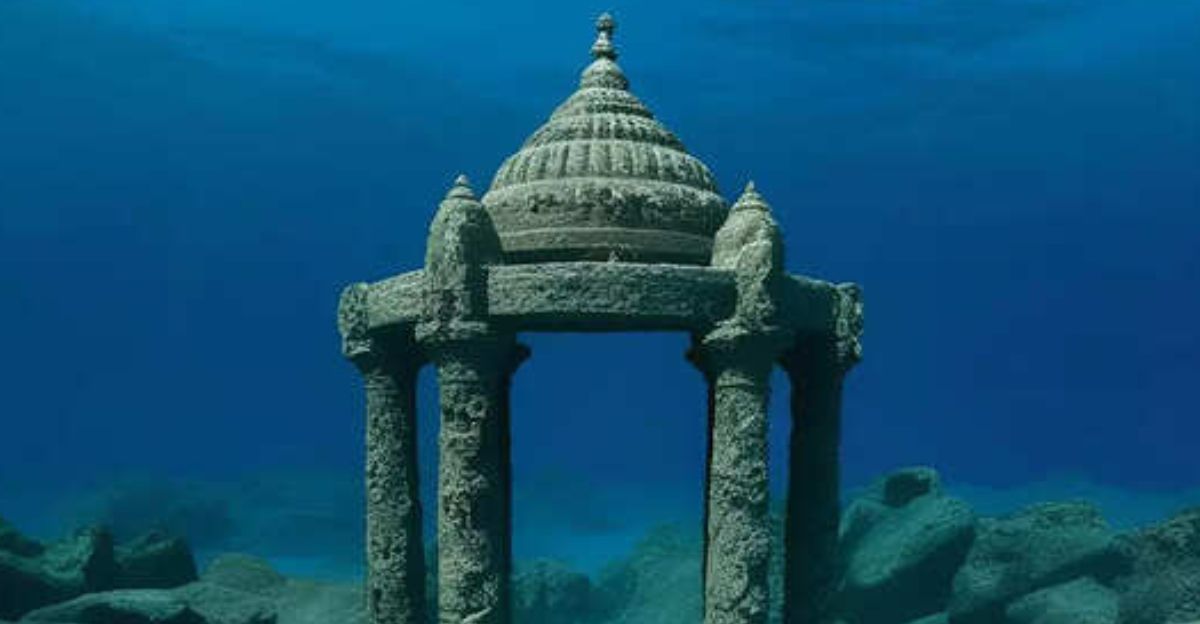
Until recently, the story of Homo erectus in Southeast Asia was one of survival, not sophistication. Traditional wisdom placed these early humans on Java Island, isolated by encroaching waters, evolving in a kind of prehistoric bubble.
But new evidence paints a different picture: a dense, vibrant population, capable of navigating dynamic landscapes and perhaps even interacting with other hominin populations. The old story of isolation is being rewritten, showing one of mobility, tenacity, and surprising complexity.
The Unexpected Place: A River Valley Beneath the Sea

The site of this revolutionary discovery isn’t a remote cave or desolate plain—it’s an underwater river valley, now buried deep beneath the Madura Strait.
This area was once a fertile, lush environment, teeming with life, where the ancient Solo River nourished a diverse ecosystem. Further, it served as an important migration corridor for humans and animals.
And now, it holds the key to a breakthrough that can redefine our understanding of human history.
When the Past Emerged
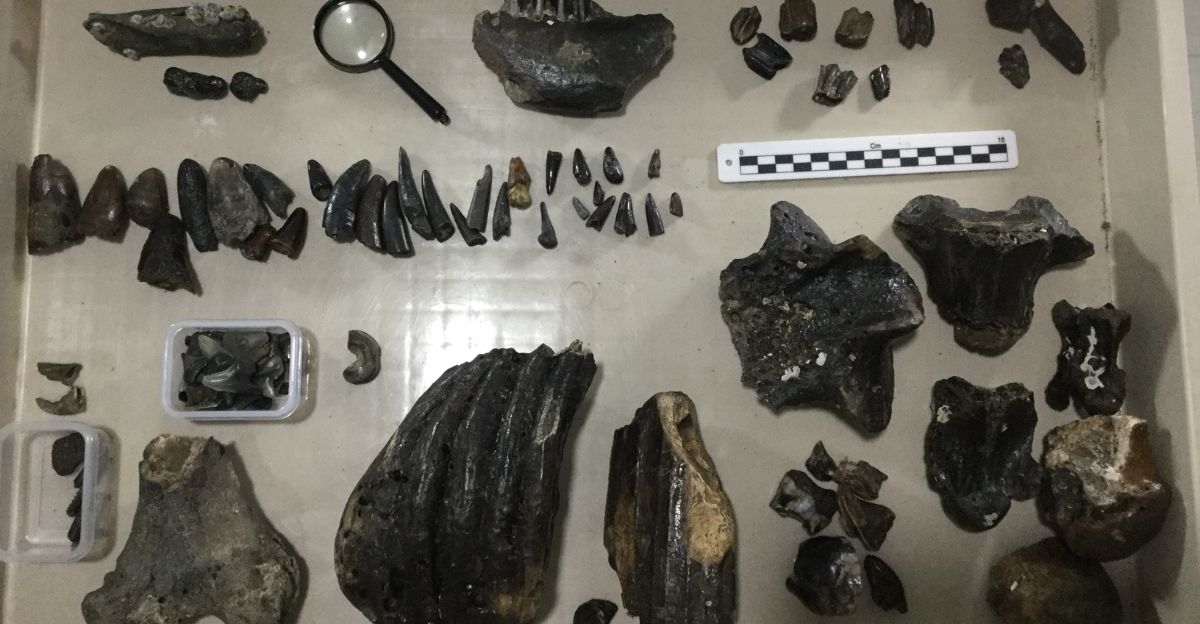
It wasn’t the work of a planned expedition but industrial activities that made this discovery possible. Laborers were dredging sand from the ocean floor off Surabaya, to make concrete from beach sand, when they uncovered a treasure of fossils.
The high quantity of remains, including that of extinct megafauna and, more significantly, fragments of early human skulls, suggested this was no ordinary discovery.
The Remarkable Breakthrough
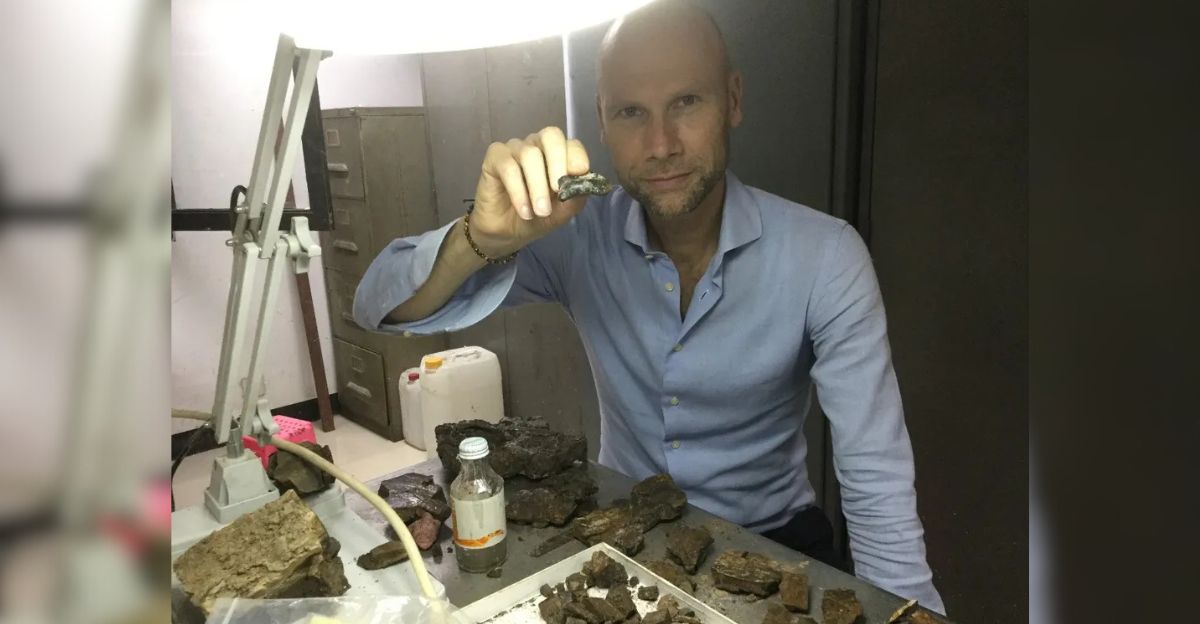
Led by Leiden University archaeologist Harold Berghuis, a team of researchers spent weeks combining through the dredged sand in hopes of piecing together this ancient civilization.
They were rewarded in the most unexpected manner: they eventually uncovered 36 different species to a total of 6,372 recovered fossils. The fossils included prehistoric fauna such as Komodo dragons (Varanus komodoensis) and, of course, human bone fragments.
First Physical Proof of Sundaland
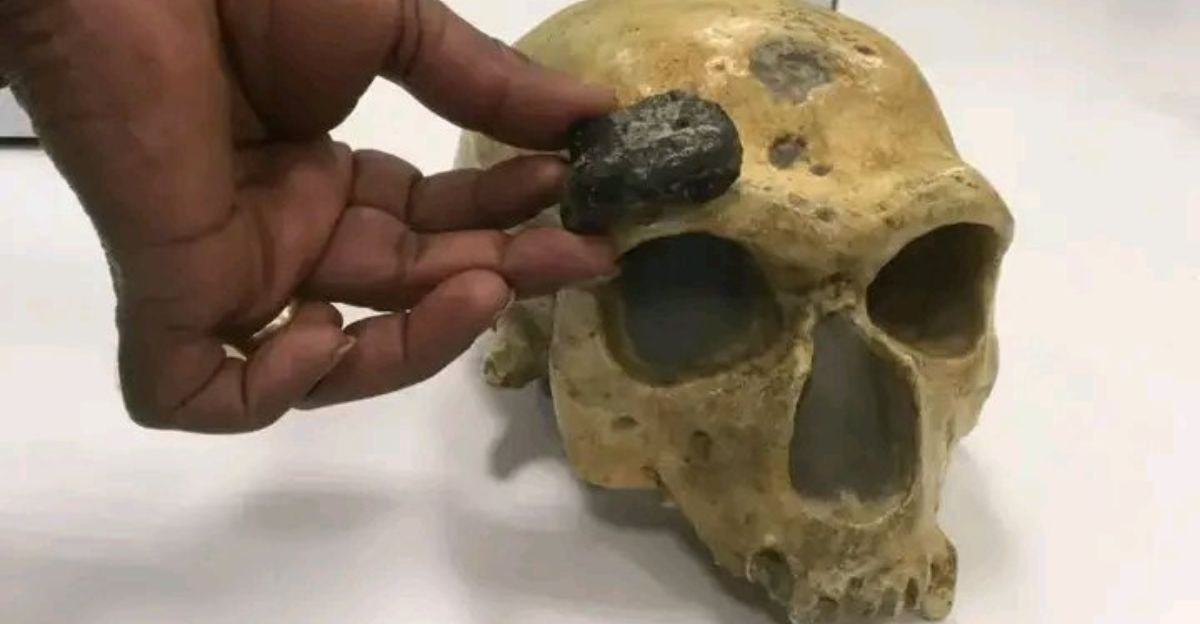
At the heart of this discovery are two fragments of human skull bones, eventually confirmed to be those of Homo erectus, an early human ancestor, and were found to resemble known H. erectus fossils from Java Island.
These 140,000-year-old bones are the first tangible signs of Sundaland, the vanished continent that once linked a large part of Southeast Asia. This was the smoking gun: tangible evidence that early human beings inhabited a world that now lies beneath the waves.
The Lost Continent: What Sundaland Was Like 140,000 Years Ago
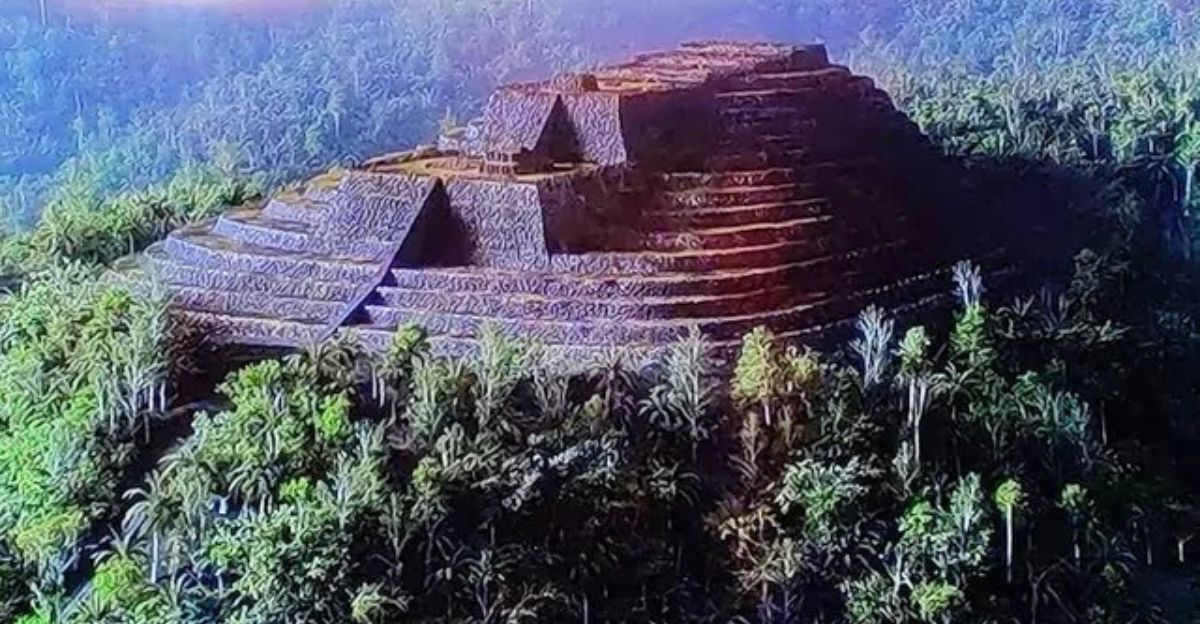
Sundaland was a gigantic, flat plain—a tropical paradise characterized by rivers, savannas, forests, and swamps.
Herds of buffalo and deer walked in tandem with Komodo dragons, Stegodon elephants, and the other megafauna. Early humans were known to hunt, gather, and maybe even trade with one another in this rich landscape.
The presence of cut marks on the bones of animals suggests advanced hunting patterns, and the variety of species present indicates a dynamic, connected ecosystem that now lies underwater.
Who Were These Early Pioneers?

The people living in this submerged world were not primitive survivors but adaptable, resourceful pioneers. They hunted big animals with tools, harvested bone marrow, and may even have traded with other hominin groups.
Their skeletons, along with the fossils of prehistoric megafauna, indicate how resourceful and robust they were as a civilization.
The findings dispel the myth of early humans as primitive, reclusive beings, revealing instead a sophisticated, roaming population capable of adapting in a changing world.
Sunken Cities and the Future of Archaeology
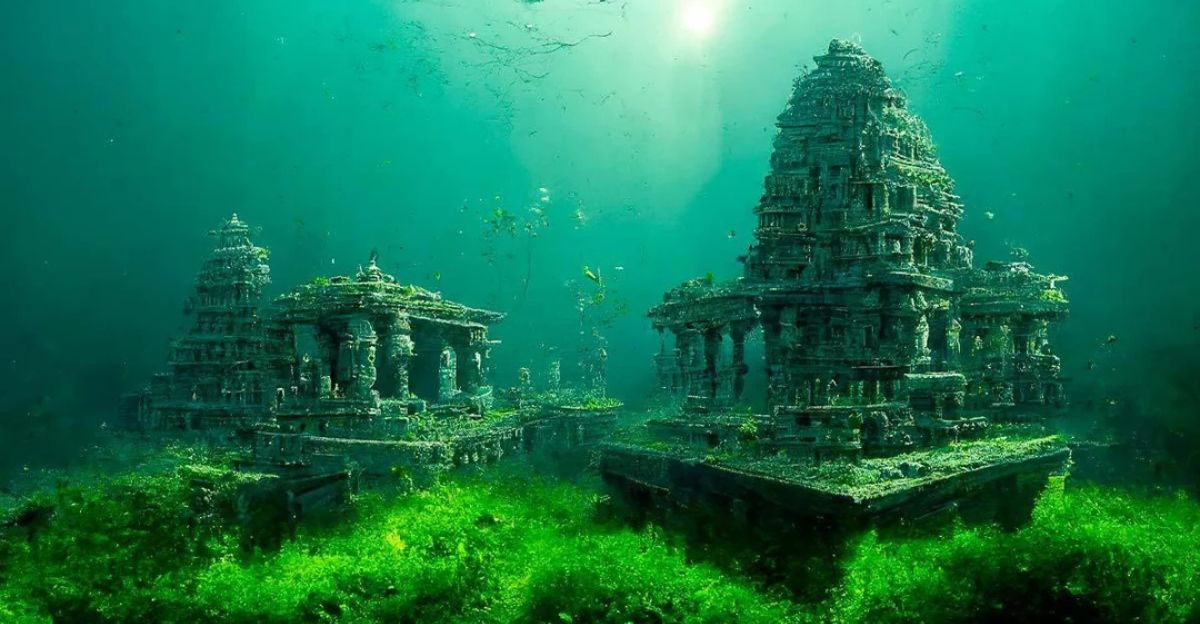
This isn’t the first sunken city that has fascinated the world, but it may be the most significant. From the mythical Atlantis to the real-life ruins of Dwarka and Heracleion, underwater archaeology has intrigued researchers and the broader public for decades.
The Madura Strait discovery joins this renowned group, but with a difference: it offers the first material evidence of a vanished continent and its inhabitants. As technology continues to advance, similar sites may emerge, rewriting human civilization’s history.
The Tools of the Trade: How Technology Unlocks the Past

Modern archaeology rests on a system of innovative technologies: LiDAR to make maps, ground-penetrating radar to find what lies below the Earth’s surface, and 3D modeling to rebuild in a virtual world.
Optically stimulated luminescence (OSL) was used to date sediment in the Madura Strait, confirming the age of the fossils. These technologies not only bring back the past but guarantee it’s preserved for the future.
With increasingly sophisticated underwater exploration, the secrets of sunken cities may finally come to light.
What Else Lies Beneath the Waves?
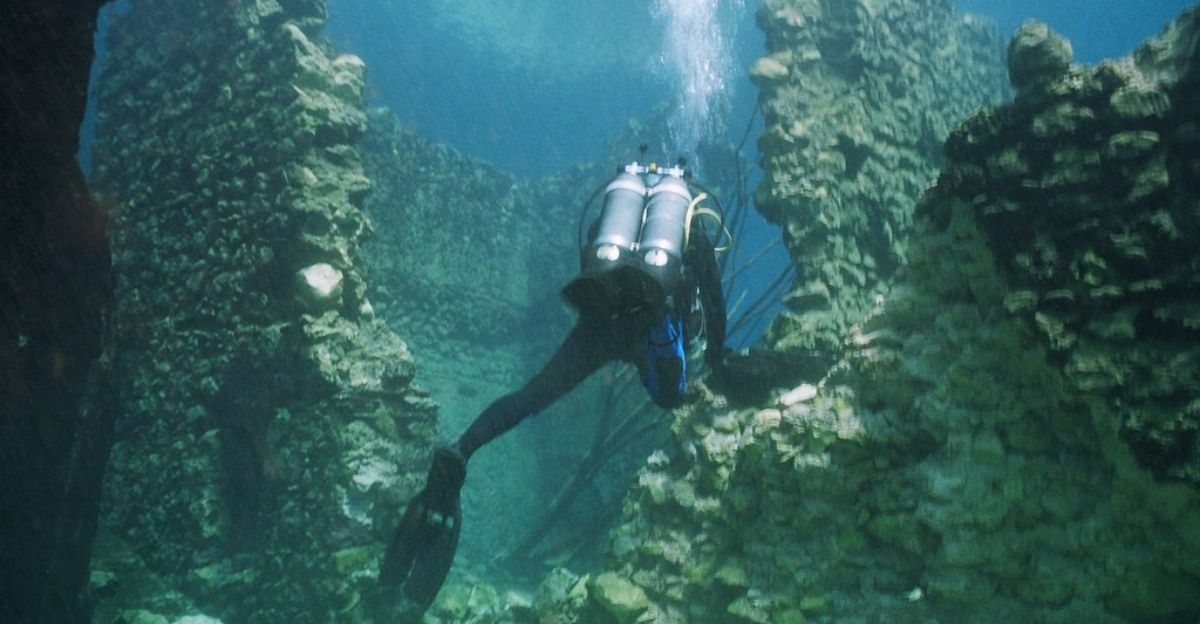
The discovery of the 140,000-year-old underwater city is only the beginning. It’s a rebuttal of early human naivety and mythology, suggesting the roots of civilization are deeper and older than we might have ever imagined.
If one lost civilization has been found, how many more remain buried beneath the ocean? The potential for discovery is astonishing, with repercussion in science, and history, and for our understanding of what it means to be human.
Now, it’s no longer a matter of if we’ll find out more, but when, and what that will tell us about our shared past.

